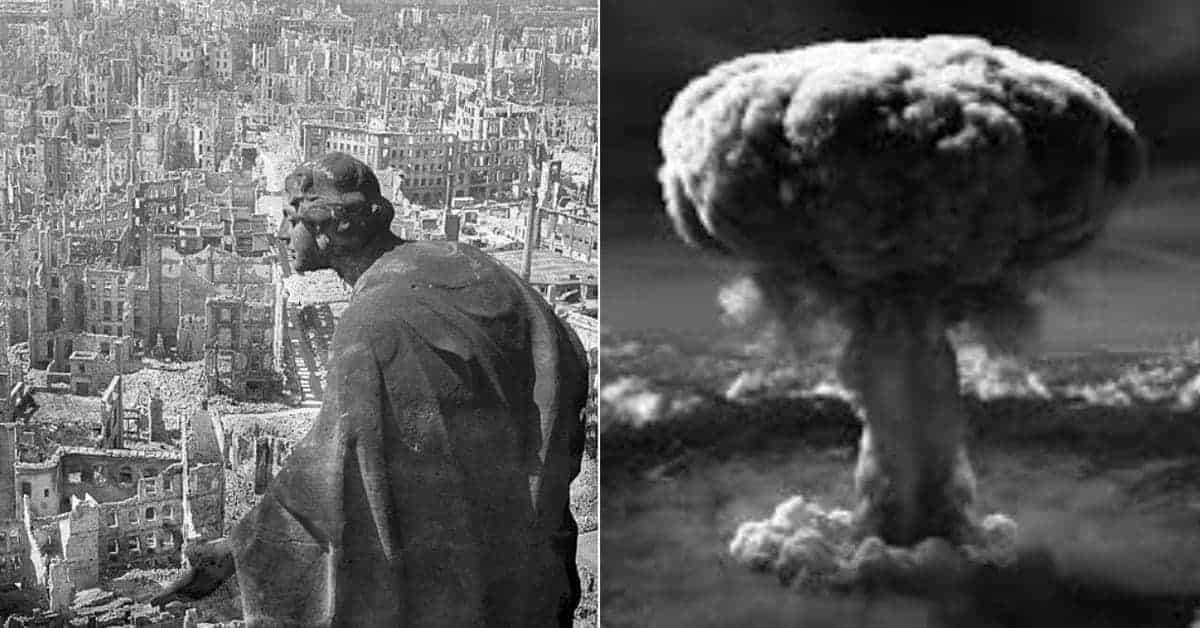It is quite natural to think of cities as permanent features of the Earth’s landscape. Of course, the truth is that cities are mortal. They are made of brick and mortar, buildings and people, and just as a city can be built by placing one stone atop another it can be destroyed by toppling its structure and killing or dispersing its inhabitants. The destruction of cities through war and natural disasters has been a disturbingly common feature of human history. Some have been rebuilt, while others faded into ruins. What follows are the stories of ten cities that faced annihilation.
Ubar
While it can be safely assumed that countless population centers that were destroyed or abandoned in the distant past, places where even the memory of the city has been eradicated, are completely lost to us. Some of these remain only as myth or stories in religious texts. Most people have heard the ancient Greek tale of the lost city of Atlantis, or are familiar with the biblical story of the incineration of Sodom and Gomorrah. In the West, the lost city of Ubar, which appears in the work of Ptolemy and the Quran, is not as well known.
Though references to Ubar, also called “Iram of the Pillars,” predate the development of Islam, Ubar holds a place in Islamic tradition analogous to Sodom and Gomorrah in the Judeo-Christian tradition (though Muslims also accept the story of Sodom and Gomorrah). The Quran says that God buried Ubar, a rich city dotted with majestic towers, in the sand as punishment for the corruption of its people. As with many myths, it is possible that this story was later developed to explain actual events that had happened long ago.

Ubar remained little more than a myth until 1992 when NASA satellites discovered a network of long-abandoned caravan routes winding through the Rub’ al Khali desert. These trade routes, which would have once carried regional trade, particularly frankincense, converged on a spot in the wastes near Oman. A closer investigation discovered the ruins of a fort dating to the sixteenth century, but there were indications that this long-abandoned fort had itself been built atop something even more ancient.
Subsequent excavations at the spot uncovered the ruins of an octagonal city situated above a water reservoir, which had been buried under the sands for over millennia. The presence of water explains how Ubar maintained itself in the desert, but it was also the city’s undoing. Over thousands of years, the people of Ubar depleted the reservoir faster than it could refill, and once the support offered by the water was removed a massive sinkhole opened up in the middle of Ubar, swallowing the majority of the city whole.

